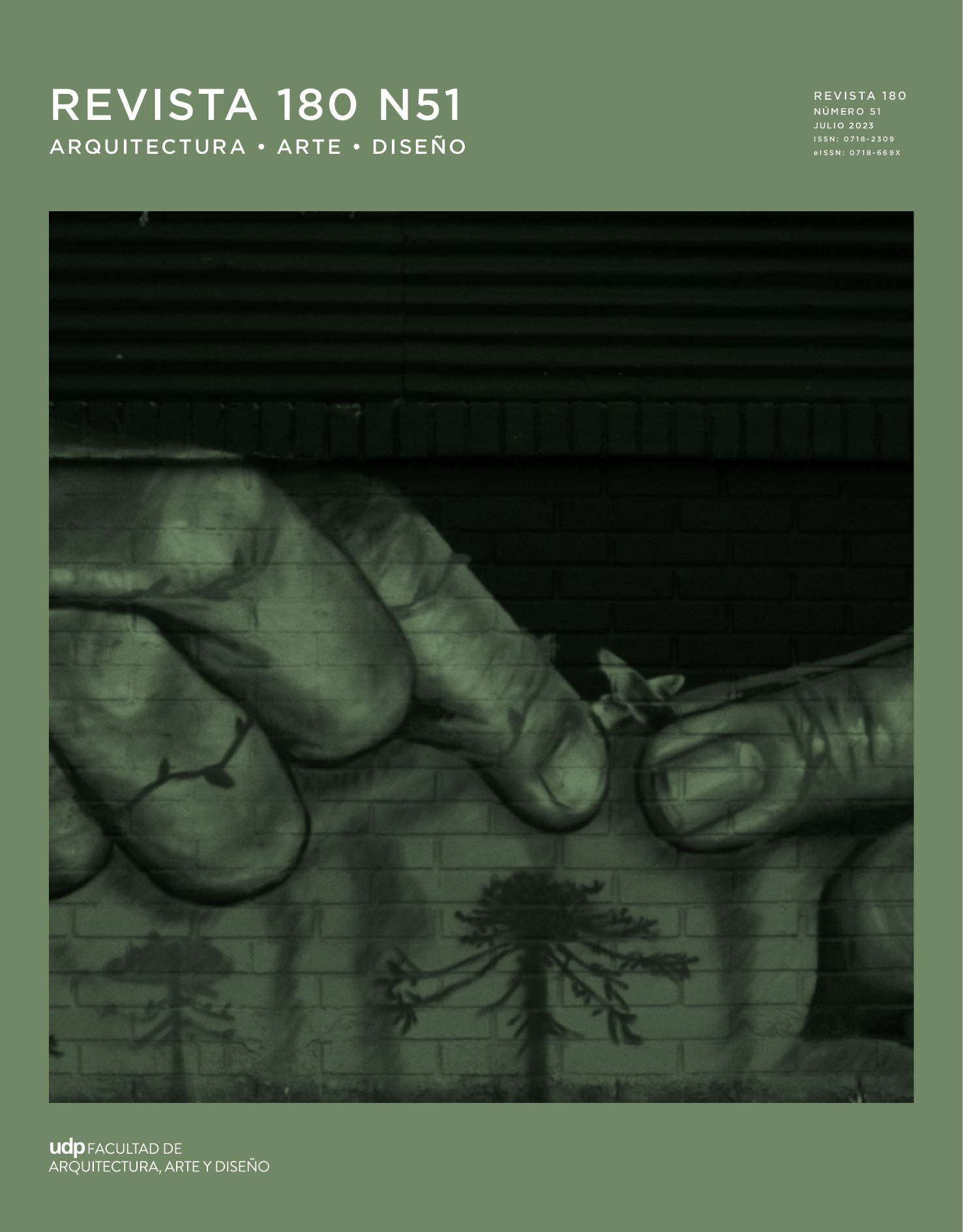RUIN AND RESIDUAL MATERIALITY TO THINK ABOUT HISTORY, POLITICS AND INSTITUTIONS: THE CASE OF THE CHILEAN DOCUMENTARIES ESCAPES DE GAS (2014) AND EL CIELO ESTÁ ROJO (2020)
Published 2023-07-31
Keywords
- archive,
- Chilean documentary,
- history,
- residual materiality,
- ruin
How to Cite
Abstract
Escapes de gas (Bruno Salas, 2014) and El cielo está rojo (Francina Carbonell, 2020) are documentaries that relate to an emblematic and contradictory year in Chilean history: 2010, the year of the celebration of the Bicentennial but also a year of earthquakes and fires, such as the one that occurred in the San Miguel Prison. They are also films that use renewed methodologies of documentary work, and in which the inanimate is presented as a motor to reflect on Chilean history, politics and institutionality. Based on the above, this article analyzes the different ways in which documentaries incorporate the inanimate, paying attention to the critical sense of these operations. In the first place, it is observed how Escapes de gas investigates, from an object in ruins —the sculpture La chimney by Félix Maruenda—, in the history of one of the architectural goals of the Bicentennial: the GAM. Secondly, it explores how El cielo está rojo uses a residual materiality —the files of a judicial folder— to portray the fire in the San Miguel prison.
